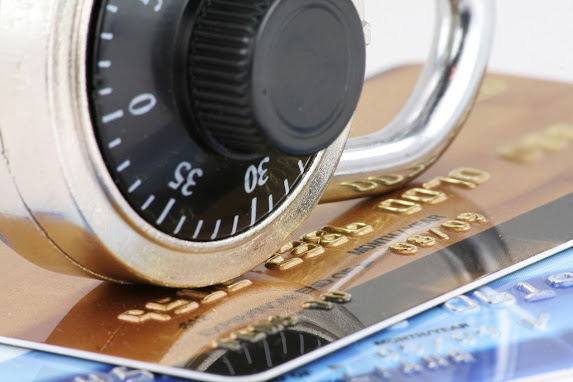We’ve all heard stories about credit card fraud, of staggering amounts being stolen from businesses both small and large, retail and online. We know how fiercely we should protect our own. Fraud losses can be devastating and unexpected as we transact in an era of increasing technology and innovation.
Compromising the security of our customers’ payment information is reputationally damaging and even the most well-equipped stores may experience fraud at one point or another. The most important thing is to reduce your risk as much as possible and make sure you follow changing rules in the payment card industry–and have a reliable merchant services provider that does.
Whether it be in your CRM system or for a recurring billing plan, there are legitimate reasons merchants need to keep identifiers of their customer’s payment method on file—better known as a “card on file”—but, what exactly are you allowed to store? And how are you allowed to?
First, make sure you are using payment card industry (PCI) compliant equipment and hardware, which is designed to handle payment data safely so you don’t have to. As a general rule of thumb, only store what you absolutely need to in addition to this.
Cardholder Data: May be stored if rendered unreadable
Cardholder Data (CHD) includes the 16-digit primary account number (PAN), cardholder name, service code, and expiration date. You may only store certain elements of CHD according to PCI rules, and it can only be stored for a “legitimate legal, regulatory, or business reason”.
There are 12 PCI DSS rules and rule 3 focuses on methods to safely store CHD. Here is a summary of acceptable methods:
Hash functions
- These are simple index markers that flag records in a database where sensitive data is actually stored (in another secure form).
Truncation
- Also known as masking, this removes segments of data, such as showing only the last four digits or only the first six digits of a PAN. No more than the last four or first six may be shown in this method.
Encryption
- An algorithm combines sensitive plain text data with a random key that works only once.
Cryptography
- Formulas that make plain text data unreadable.


No comments:
Post a Comment